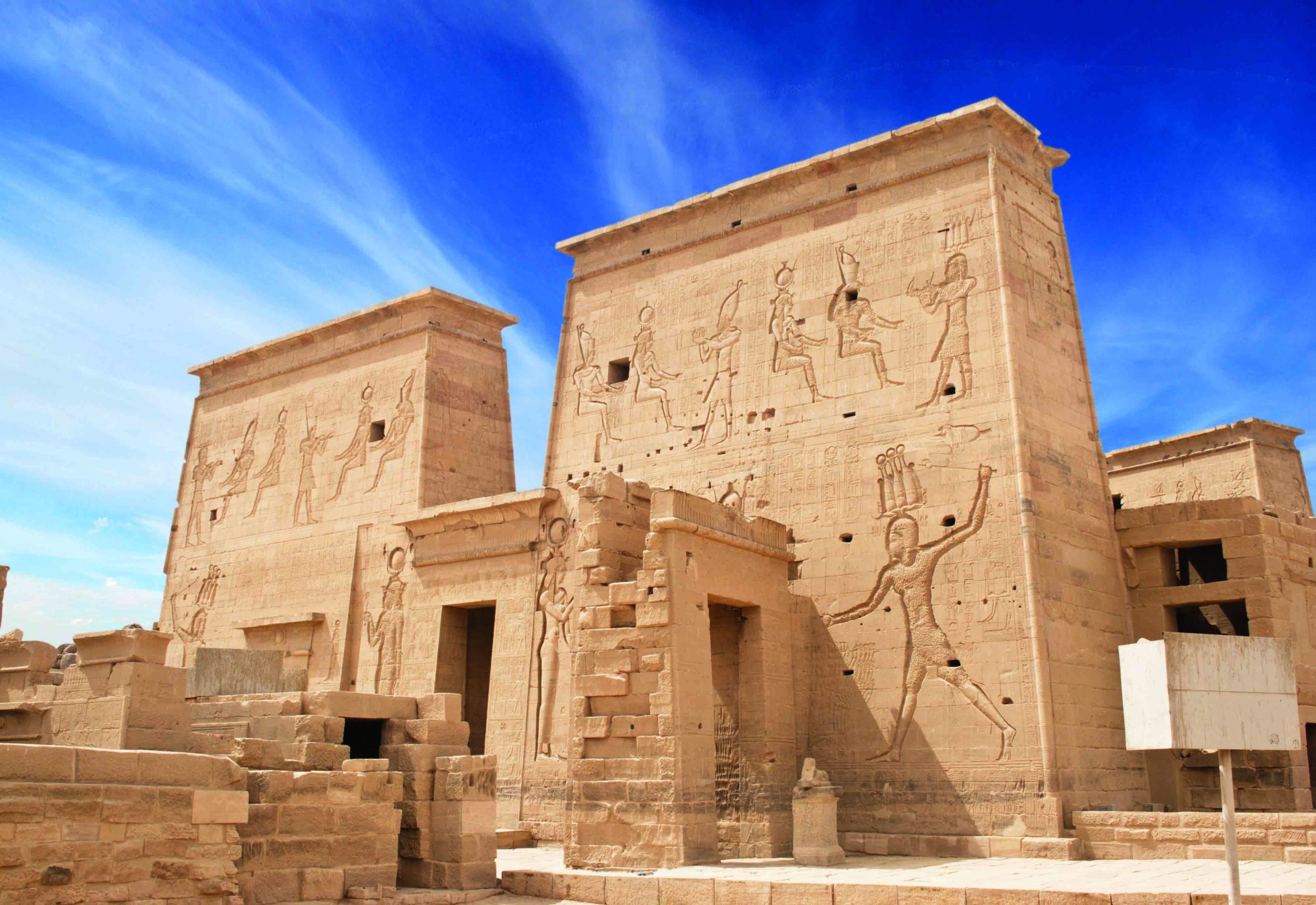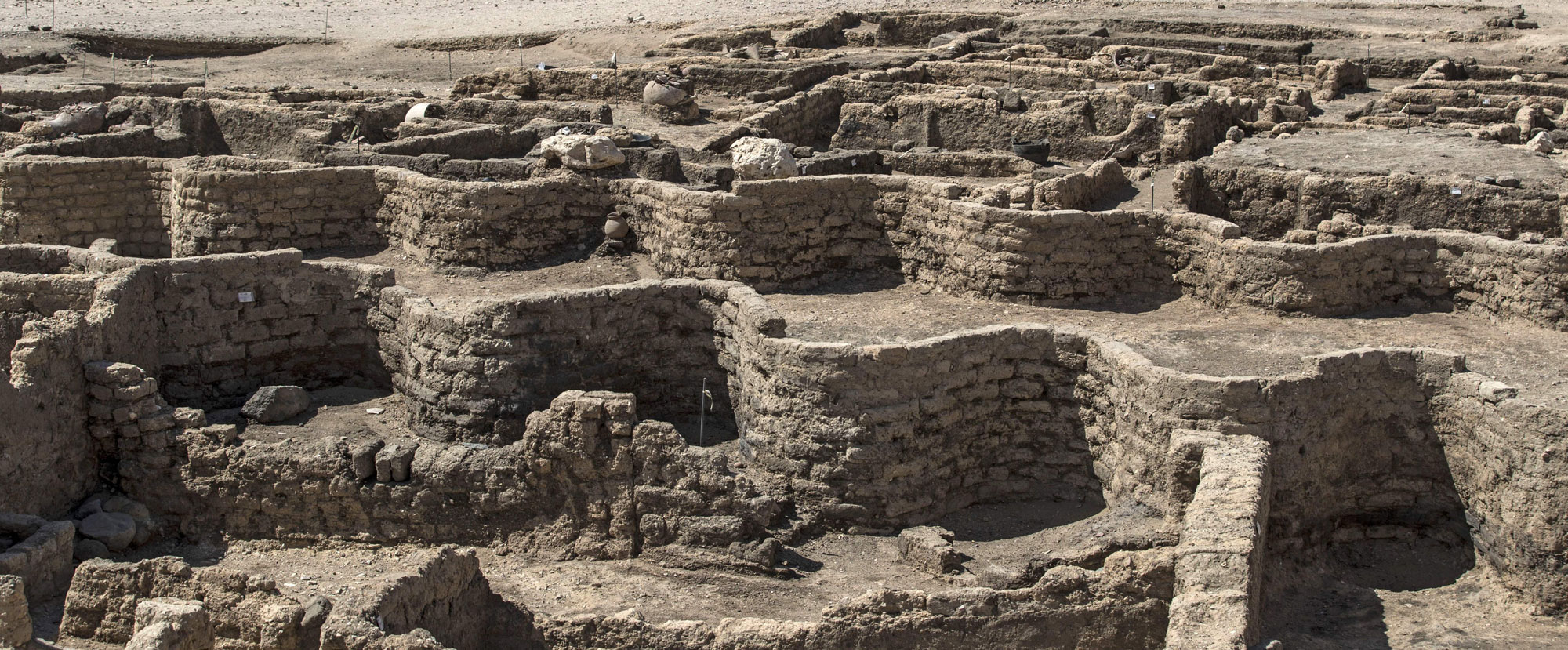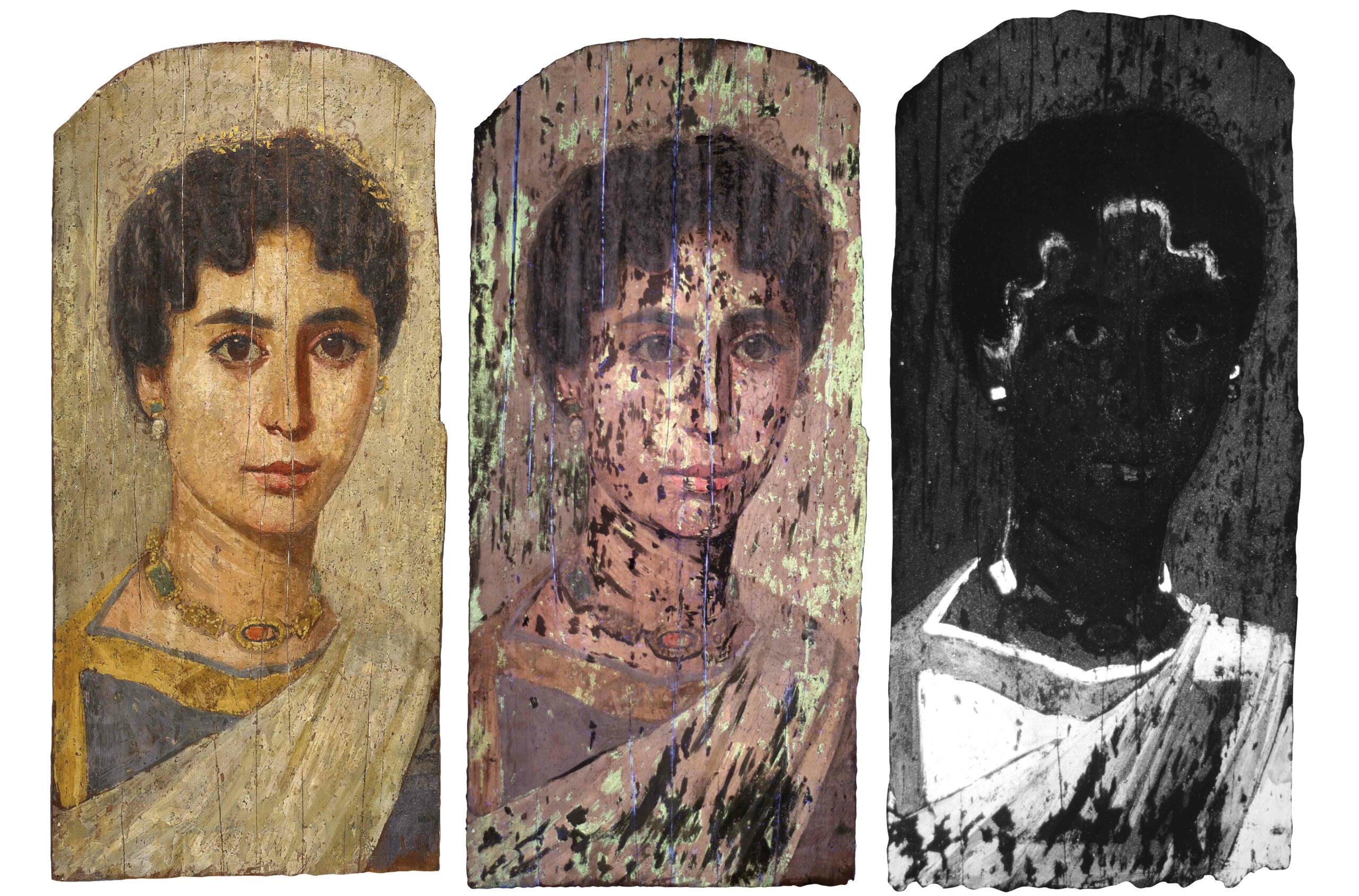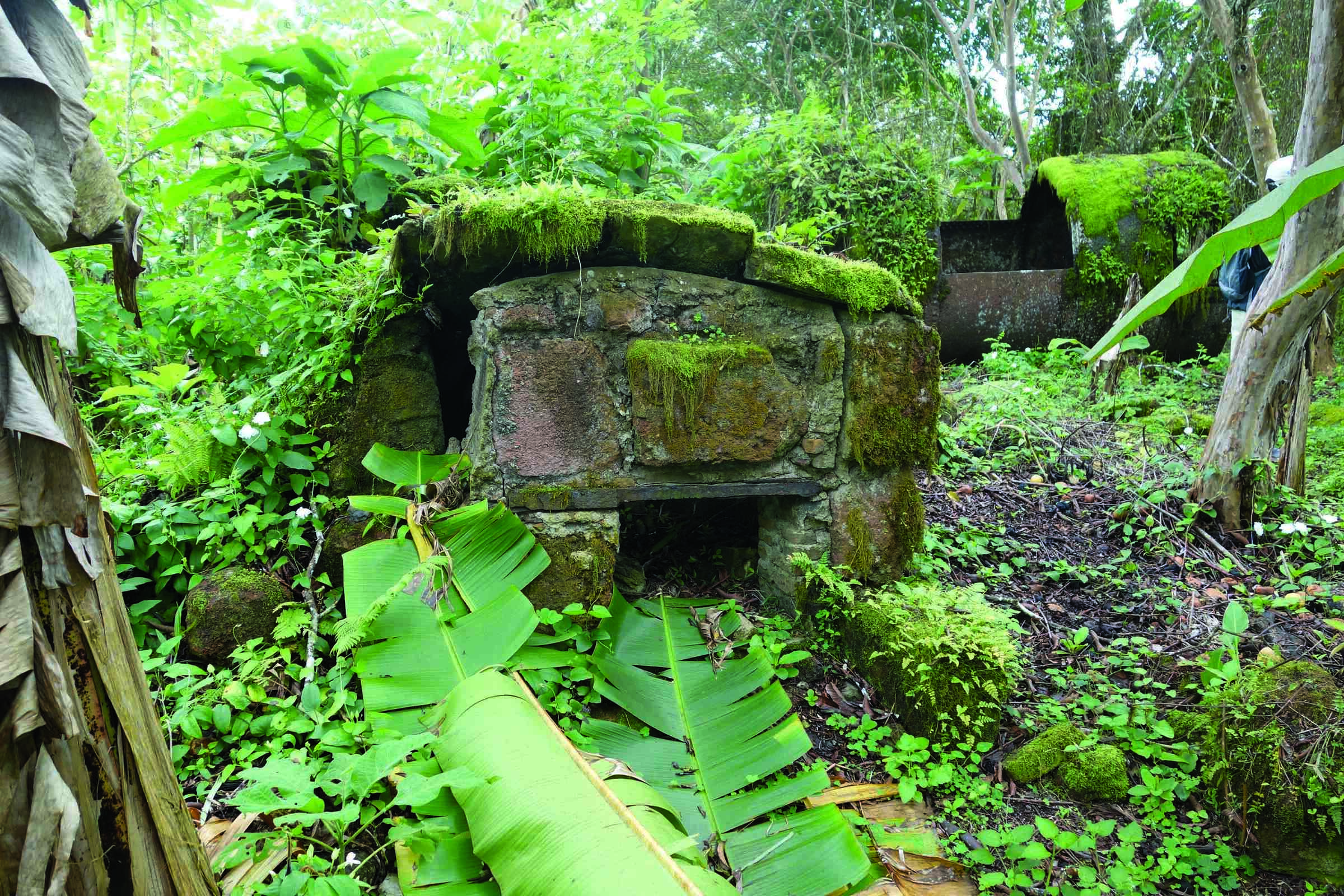
BARCELONA, SPAIN—According to a statement released by the Autonomous University of Barcelona, an international team of researchers has continued their investigation of the site of Sikait, which is located in Egypt’s Eastern Desert. A survey of the surrounding Wadi Sikait found 11 areas where emeralds were mined by the Romans. Inscriptions in one of the most important mines indicate that the Roman army was on site to help construct and defend the valuable mines. At the site of Sikait’s Large Temple, team leader Joan Oller Guzmán and his colleagues uncovered two ritual sanctuaries and an intact votive offering dated to sometime between the fourth and fifth centuries A.D. Another large structure, known as the Tripartite Building, is thought to have been used as a residence and as storage for the emeralds. Some of these structures may have been built and occupied by a nomad group known as the Blemmyes, who may have taken over the Roman mines before the fall of the empire. For more on the Blemmyes, go to "When Isis Was Queen."










